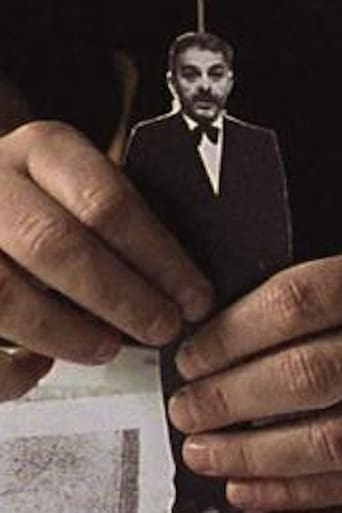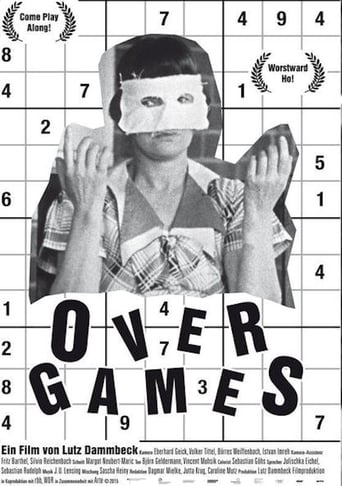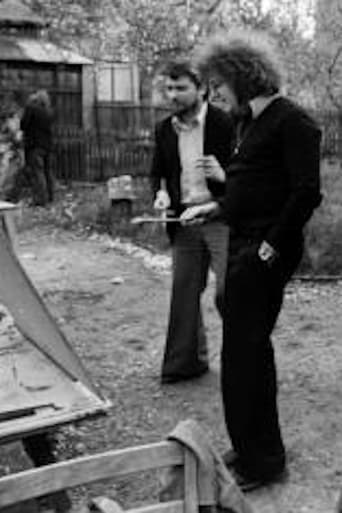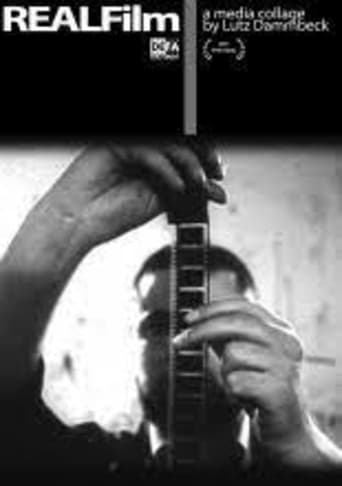The Net 2003
More of a film essay - of the type pioneered by Orson Welles and Chris Marker - than a standard documentary, German filmmaker Lutz Dammbeck's The Net: The Unabomber, the LSD and the Internet begins with the typical format and structure of a nonfiction film, and a single subject (the life and times of mail bomber Ted Kaczynski). From that thematic springboard, Dammbeck branches out omnidirectionally, segueing into a series of thematic riffs and variants on such marginally-related subjects as: the history of cyberspace, terrorism, utopian ideals, LSD, the Central Intelligence Agency, and Cuckoo's Nest author Ken Kesey and his Merry Pranksters.








